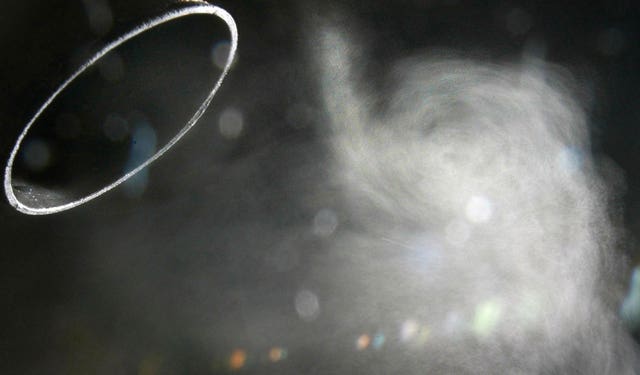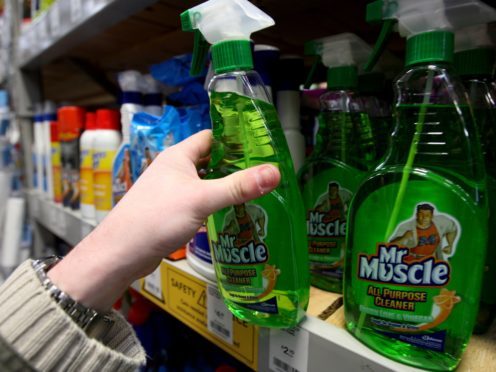Chemicals in household cleaning products, paints and perfumes could now rival motor vehicles as the top contributor to urban air pollution, a study has said.
Scientists in Los Angeles found that the amount of chemical vapours emitted into the atmosphere from these everyday items is roughly the same as from the transportation sector.
These vapours – known as volatile organic compounds (VOC) – react with sunlight to form ozone pollution and also react with other chemicals to form tiny particles in the air which can lead to lung damage.
The team of researchers concluded that as stricter policies on vehicles work to reduce traffic emissions, the impact of chemical products will become more significant.
“As the transportation sector gets cleaner, these other sources of VOCs become more and more important,” said scientist Brian McDonald, the lead author of the study.
“A lot of stuff we use in our everyday lives can impact air pollution.”

Despite the fact people still use a lot more fuel than petroleum-based compounds in chemical products, there are some fundamental differences which can increase the impact of these household items, the researchers said.
“Gasoline is stored in closed, hopefully airtight, containers and the VOCs in gasoline are burned for energy,” said Jessica Gilman, a co-author of the report.
“But volatile chemical products used in common solvents and personal care products are literally designed to evaporate.
“You wear perfume or use scented products so that you or your neighbour can enjoy the aroma. You don’t do this with gasoline.”
They also found people become exposed to higher concentrations of VOCs while indoors compared to outdoors.
Co-author Allen Goldstein, from the University of California Berkeley, said: “Indoor concentrations are often 10 times higher indoors than outdoors, and that’s consistent with a scenario in which petroleum-based products used indoors provide a significant source to outdoor air in urban environments.”
The findings from the study, which was led by the National Oceanic and Atmospheric Administration, have been published in the journal Science.
